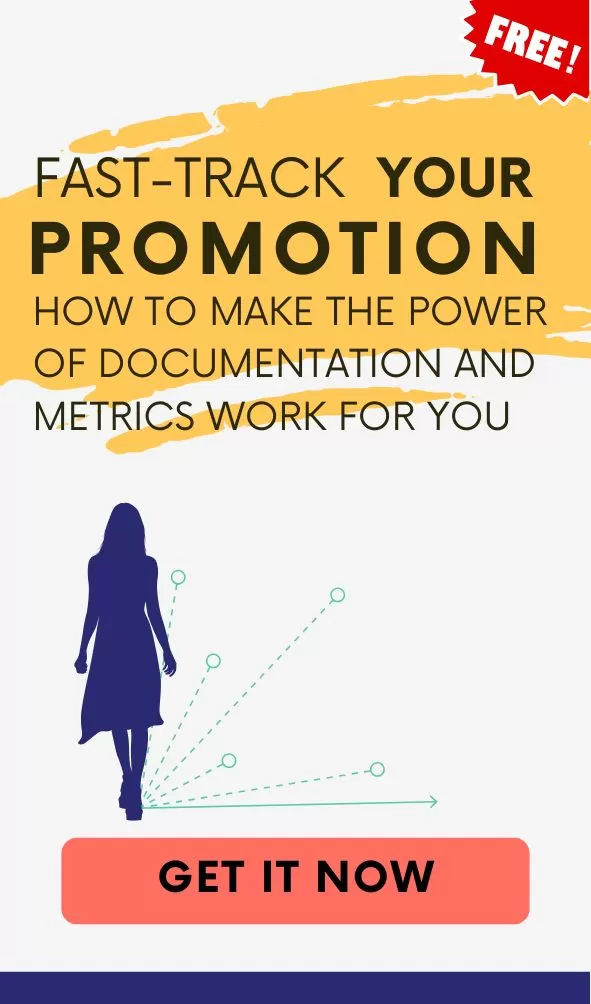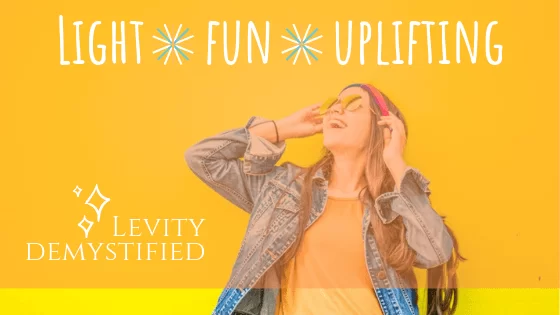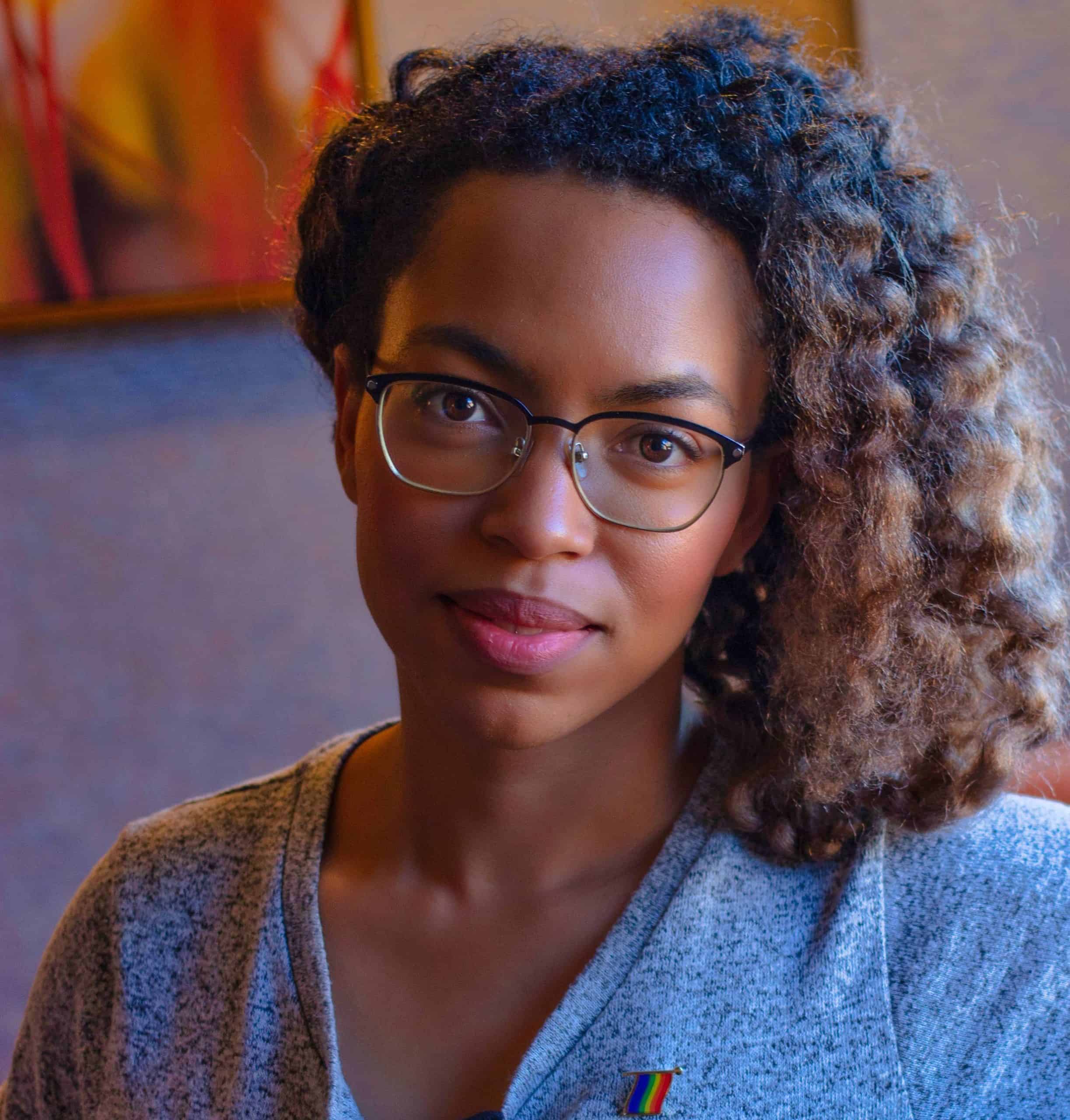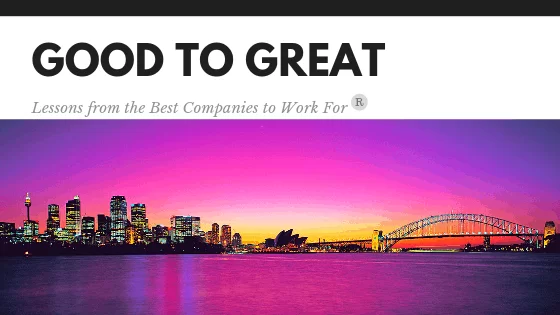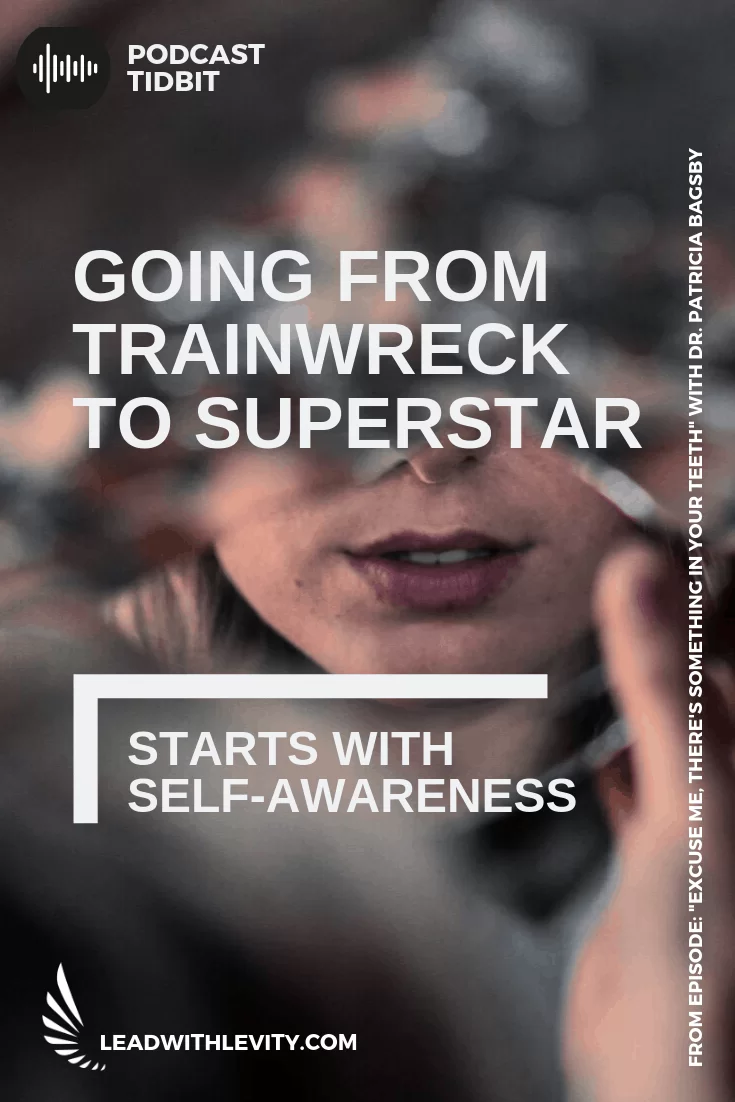Introduction
Have you ever wondered why a sharp suit and a firm handshake became the gold standard for modern professional attire? In boardrooms and business meetings worldwide, these age-old symbols have long been equated with trustworthiness and competence. But as we transition into a new era of work standards, it’s time to ask: is the traditional definition of professionalism still relevant?
The Traditional View of Professionalism
Professional attire has evolved significantly over the past century. In the early 1900s, men’s suits comprised a jacket, trousers, and a waistcoat, transitioning to lighter fabrics and simpler designs in the 1910s. The 1920s marked a shift towards more comfort and freedom in professional attire. By the 1930s, men’s suits emphasized a broad torso, and the first pantsuits for women were created. The post-war fashion of the 1950s and 1960s continued to evolve workplace fashion, and the 1970s to 1980s saw a reemergence of wide lapels, with pantsuits becoming popular among working women. The 1990s introduced “business casual” attire, further relaxing in the 2000s, with minimalism taking center stage and formal attire becoming more of a personal choice. Check out some of the major shifts:

Early 20th Century
In the 1900s, professional attire began to differentiate from the 1800s’ knee-length frock coats. Men’s suits comprised a jacket, trousers, and a waistcoat, transitioning to lighter fabrics and simpler designs in the 1910s. This period also saw the introduction of the ‘suffragette suit’ for women, a departure from restrictive hobble skirts, mandated to be worn with corsets and dresses just above the ground.
The Roaring Twenties
The 1920s marked a shift towards more comfort and freedom in professional attire. Men adopted bow ties and Windsor knots, moving from club collars to pointed spread collars. Women, embracing a “boyish” silhouette, started wearing straight skirts and tailored suits with curveless cuts, breaking free from tighter dresses.
1930s and 1940s
The 1930s introduced men’s suits with broad shoulder pads, thin waists, and tapered legs, emphasizing a broad torso. The first pantsuit for women was created in this era. The 1940s, influenced by the Second World War, saw a rise in “utility fashion,” with women replacing traditional dresses and skirts with pants for manual work.
Post-War Fashion
The 1950s and 1960s continued to evolve workplace fashion. Women’s office attire included classic sweaters, narrow pencil skirts, and separates, while men typically wore single-breast buttoned suits. The 1960s introduced a more relaxed work culture, with bright colors, vivid patterns, and the emergence of “Casual Fridays.”
1970s to 1980s
The 1970s saw a reemergence of wide lapels, with pantsuits becoming popular among working women as a symbol of equality and professionalism. The 1980s mirrored the increasing role of women in the workplace, with a significant rise in sales of women’s suits, reflecting their growing presence in management jobs.
1990s Onwards
The 1990s introduced “business casual” attire, featuring khaki pants, buttoned collared shirts, and sensible shoes. This trend further relaxed in the 2000s, with minimalism taking center stage and formal attire becoming more of a personal choice. The rise of athleisure wear among millennials indicated a significant shift towards more relaxed dress codes in the workplace.
Contemporary Company Examples
- Goldman Sachs: In 2019, this Wall Street titan relaxed its dress code, allowing employees to “dress according to client expectations,” to attract top talent from tech companies with more casual dress cultures.
- Target: This retail giant implemented a ‘dress for your day’ policy in 2014, allowing employees to wear comfortable attire, including jeans on weekends, reflecting a shift towards employee comfort and individuality.
- Virgin Atlantic: The airline updated its dress code for female flight attendants, removing mandatory requirements for makeup and tight-fitting skirts, empowering employees to express their individuality, and enhancing comfort levels.
What do Current Dress Code Standards Say About Us?
When it comes to changes in workplace attire, it’s important to consider the bigger picture. These shifts are not just about fashion. They reveal deeper values and attitudes that exist in our society. Let’s explore some of these implications and how they impact our interactions with others at work.

- Breaking Stereotypes: Relaxed dress codes help dismantle traditional stereotypes associated with professionalism. This can lead to a more inclusive environment where employees are judged less on their appearance and more on their abilities and contributions.
- Encouraging Individuality: Allowing employees to express their style can foster a sense of individuality and boost confidence. This can increase employee satisfaction and help create a more vibrant, diverse workplace culture.
- Reducing Bias: Traditional dress codes often reflected and perpetuated biases based on gender, class, and race. More flexible dress codes can help level the playing field, reducing the impact of these biases in professional settings.
- Focus on Performance: Shifting away from strict dress codes puts more emphasis on an employee’s performance and work ethic rather than their adherence to traditional norms. This can lead to a more merit-based assessment of employees.
- Enhancing Comfort and Productivity: Comfortable employees are often more productive. Relaxed dress codes can improve physical comfort, which can positively impact mental well-being and work output.
- Adapting to Modern Workplaces: As remote and hybrid work models become more prevalent, traditional dress codes become less relevant.
What Can We Expect in the Future of Professional Attire
Speculating on the future of professional attire involves considering ongoing trends and how they might evolve. In the coming years, we can expect:
- Increased Personalization: As workplaces continue to embrace diversity and individuality, employees will likely have more freedom to express their style within professional settings.
- Technology Integration: We might see smart clothing with integrated technology becoming more prevalent. This could include clothing with built-in connectivity, health monitoring, or even climate adaptation features.
- Sustainability Focus: Eco-friendly and sustainable fashion will gain prominence. Professionals may prefer clothing made from sustainable materials, and companies might adopt eco-conscious dress policies.
- Blending of Casual and Formal: The line between casual and formal wear will continue to blur. Functional yet stylish clothing that fits both work and personal life could become the norm.
- Virtual Reality and Remote Work Influence: With the rise of remote work and virtual meetings, the focus may shift to upper-body attire that looks professional on camera. There might also be an increased market for virtual fashion in digital workspaces.
- Inclusivity in Design: Clothing lines catering to a wider range of body types, cultures, and identities will likely become more mainstream in professional attire, reflecting a broader commitment to inclusivity.
While the shift towards more flexible dress codes has advantages, such as promoting individuality and comfort, it also poses challenges in maintaining professional standards and ensuring clarity in workplace expectations.
Is a More Relaxed Standard a Good Thing?
How we dress has always been an important aspect of our lives, especially in professional settings. As the world evolves, so do the trends in professional attire. It is important to consider the pros and cons of these changing trends when picking out your work wardrobe and/or setting the standard for others.

Pros:
- Enhanced Comfort and Productivity: Comfortable attire can boost employee morale and productivity.
- Expression of Individuality: More freedom in dress allows for personal expression, fostering a diverse and inclusive workplace culture.
- Reduced Stereotyping and Bias: Moving away from traditional norms helps diminish biases related to appearance, promoting merit-based evaluations.
- Sustainability: A shift towards eco-friendly attire aligns with growing environmental consciousness.
Cons:
- Potential for Misinterpretation: Without clear guidelines, what is considered professional can become subjective, leading to misunderstandings.
- Over-Relaxation of Standards: There’s a risk that too casual an approach might lead to a decrease in overall professionalism.
- Unequal Impact: Changes in dress codes may not affect all industries or roles equally, possibly creating disparities.
- Challenges in Transition: For some organizations, shifting from traditional to modern attire norms can be challenging, requiring careful management and communication.
When navigating the line between relaxed and formal attire, it’s important to consider your objectives. As a leader, it’s crucial to balance comfort and professionalism while also being mindful of evolving fashion trends. It can be tempting to judge others for their fashion choices, but it’s important to remember that you may stifle individuality and creativity if you hold fast to a strict dress code. Instead, weigh the pros and cons of different styles before making any decisions. Ask your customers, employees, and leaders to weigh in. By keeping an open mind, you can create a workplace culture that values both professionalism and personal expression.



